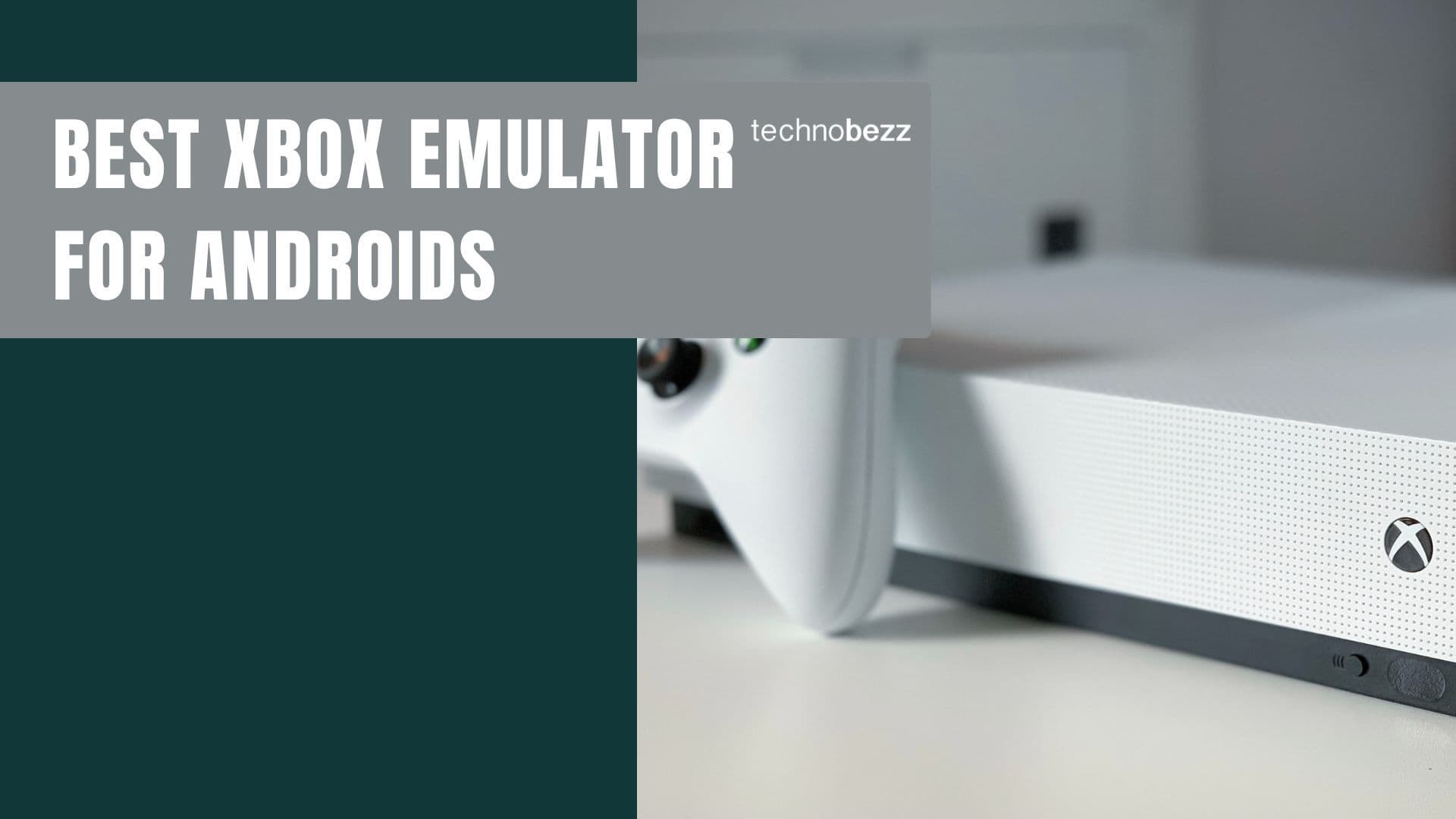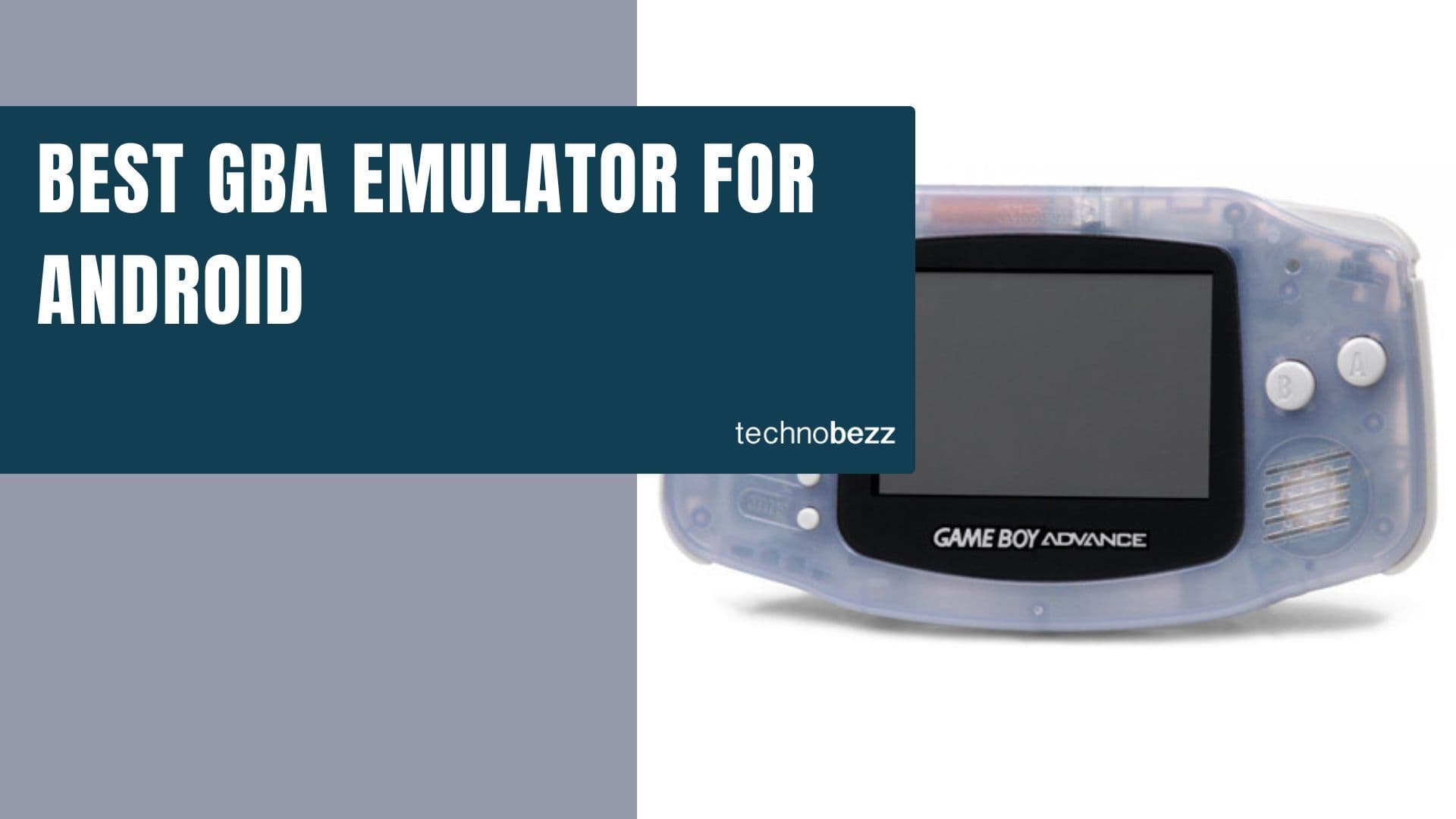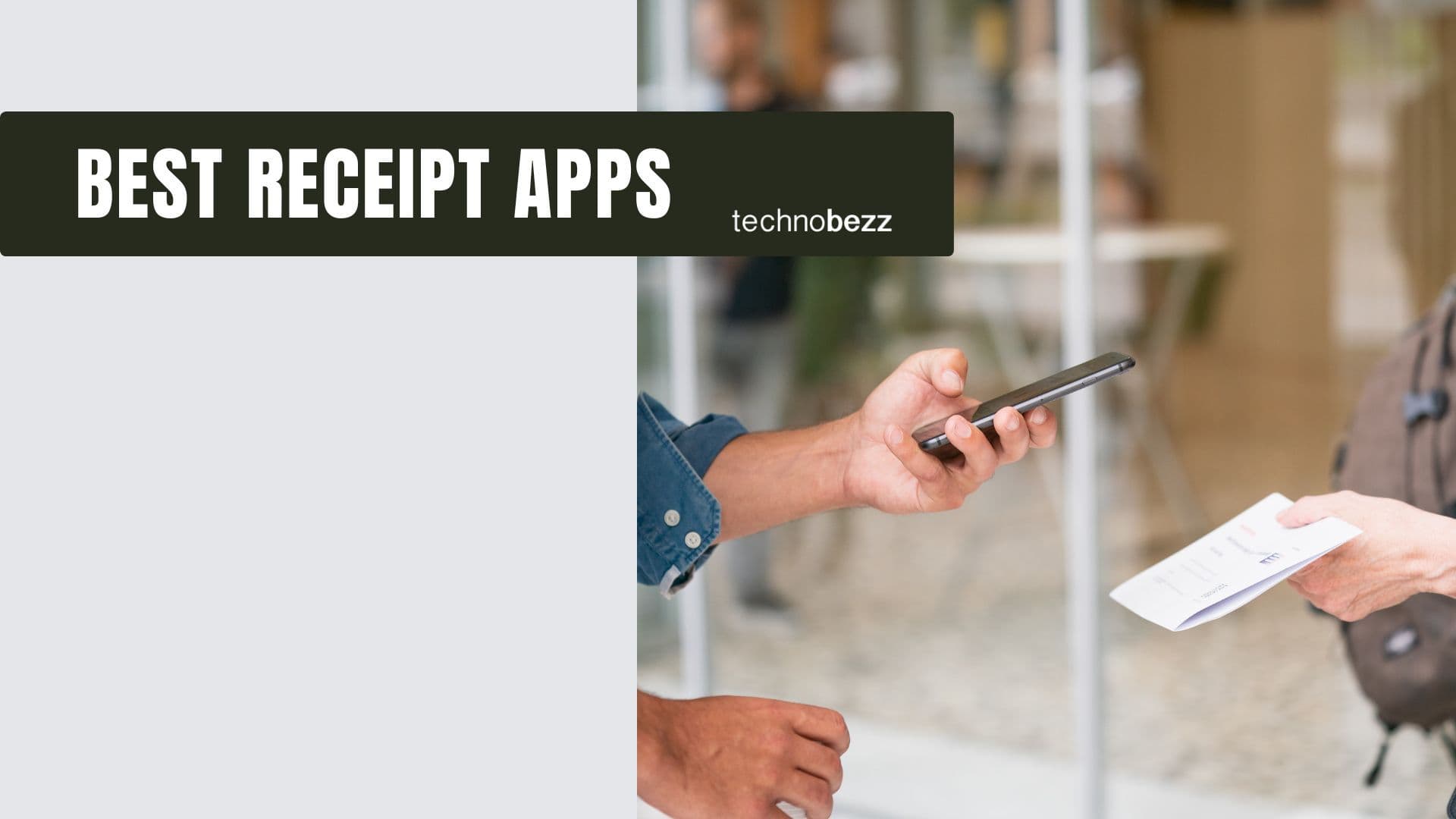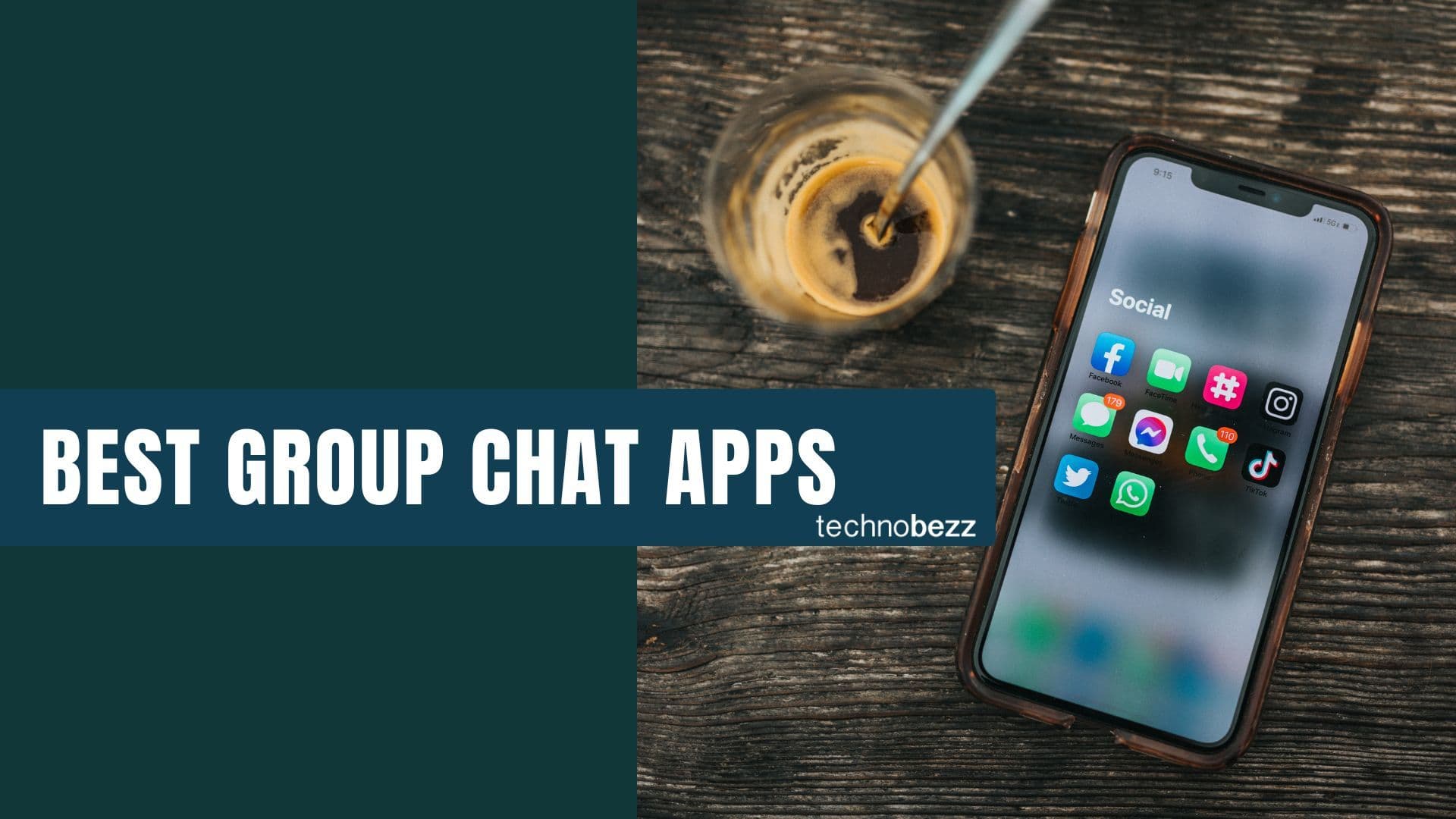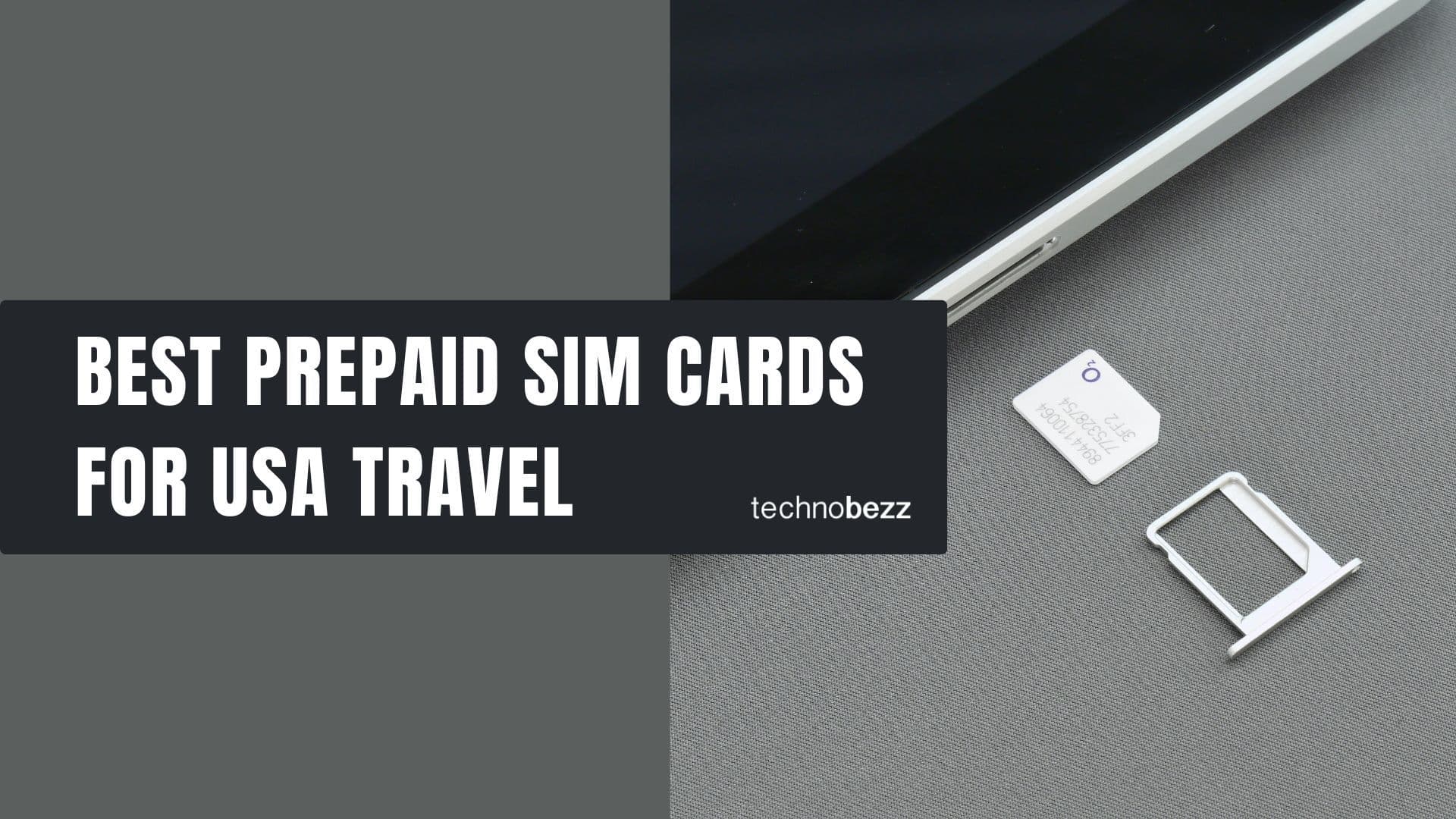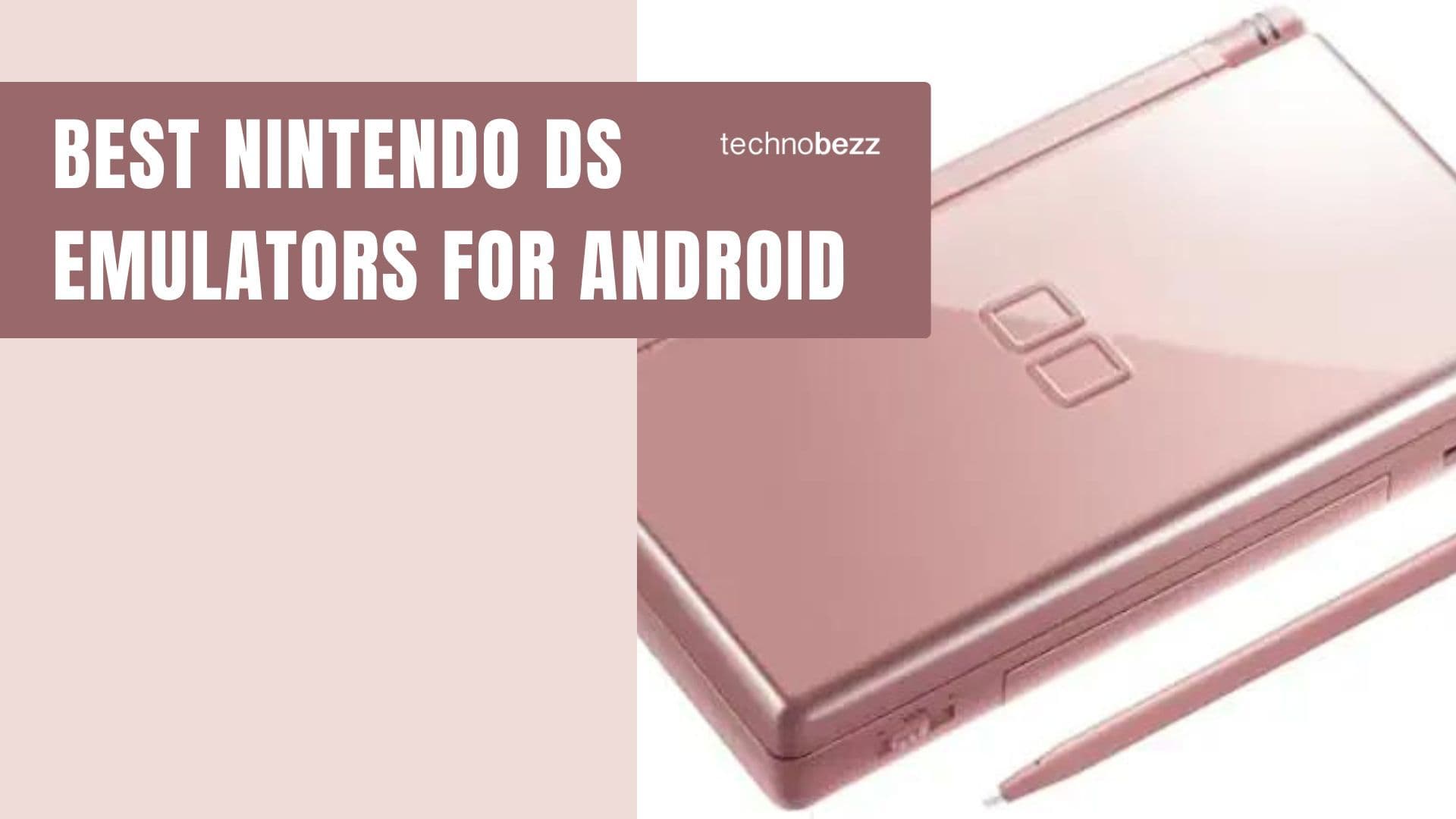NFC is known as Near-field communication. It became pretty popular over the years. This is actually a wireless technology for the short-range distance between two electronic devices. Data can be transferred from one device to another without using any internet connection. But the devices have to be placed very close to each other. It is normally used for contactless payment such as Android Pay and Samsung Pay. The system is almost similar to credit cards or e-tickets. There are certain protocols to establish communication. You can also share videos, files, photos and contacts as well. Sometimes the device with NFC feature is used as a keycard or electronics documents to identify.
See also: What is VPN good for and the top 5 VPN services
Establish a connection
For this type of communication, two devices are needed to be placed within a very short distance. One acts as a transmitting device and another one is for receiving the transmitted signal. NFC standard is used in a specific range of devices. These can act as an active or passive device. Tags are included in a passive device which is called NFC tags. Normally, smartphones are the most common active devices.
How does it work?
The working principle is almost similar to a Wi-Fi or Bluetooth connection. A radio wave is needed for sending information. Here, electromagnetic induction is used for transmission. The technology is known as Radio Frequency Identification. In NFC, 13.56 megahertz frequency is needed for data transmission. The sending data rate is 424 or 106, 212 kbps. Three features are present in NFC devices.
- NFC card emulation – for a transaction like payment or electronic tickets, smartphones can be used as a payment card.
- NFC reader/writer – the information stored in NFC tags can be read by NFC devices.
- NFC peer-to-peer – if you need to share or send any information from one device to another, this mode is quite useful.
Bluetooth and NFC
Many confuse the NFC technology with Bluetooth. NFC requires less power consumption compared to Bluetooth technology. Even the passive device can perform the task without any kind of significant power source. But the transmission range is not so wide in NFC. Bluetooth’s range is almost 10 meters or more. The Bluetooth transmission data rate is much higher than the NFC. That means the NFC is slower. NFC has faster connectivity than the one Bluetooth has. So NFC always has the upper hand in mobile payment service.
Advantages of NFC
In certain phone models, details of your debit/credit card can be stored on the phone. So if you forget to bring the wallet, this feature will be helpful to pay by the mobile wallet.
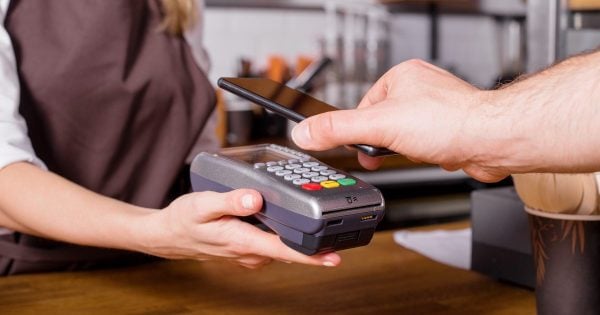
The door keycard information can be stored on your phone. So if you leave your hotel room without the actual keycard, you have no worries. You can enter the room with your smart phone’s key card information. In a transport system, your phone can be used as a ticket or a pass. You just need to hold your phone near the NFC reader to swipe it. By placing two phones close to each other, you can send the business cards or information virtually. You can change or rewrite the data as per needed. You do not need to print the cards again and again.
The technology is convenient, fast and simple. No pairing or manual configuration is needed here. It is a versatile solution.
Disadvantages of NFC
One of the main disadvantages is that the range is very limited. Also only very small data can be received or sent. So this is not efficient all the time. The security issue is another concern as well. There is no 100% guarantee for a secure connection. For introducing NFC technology, one needs to purchase and maintain all the equipment and machines. This can be expensive for a small or startup company.
